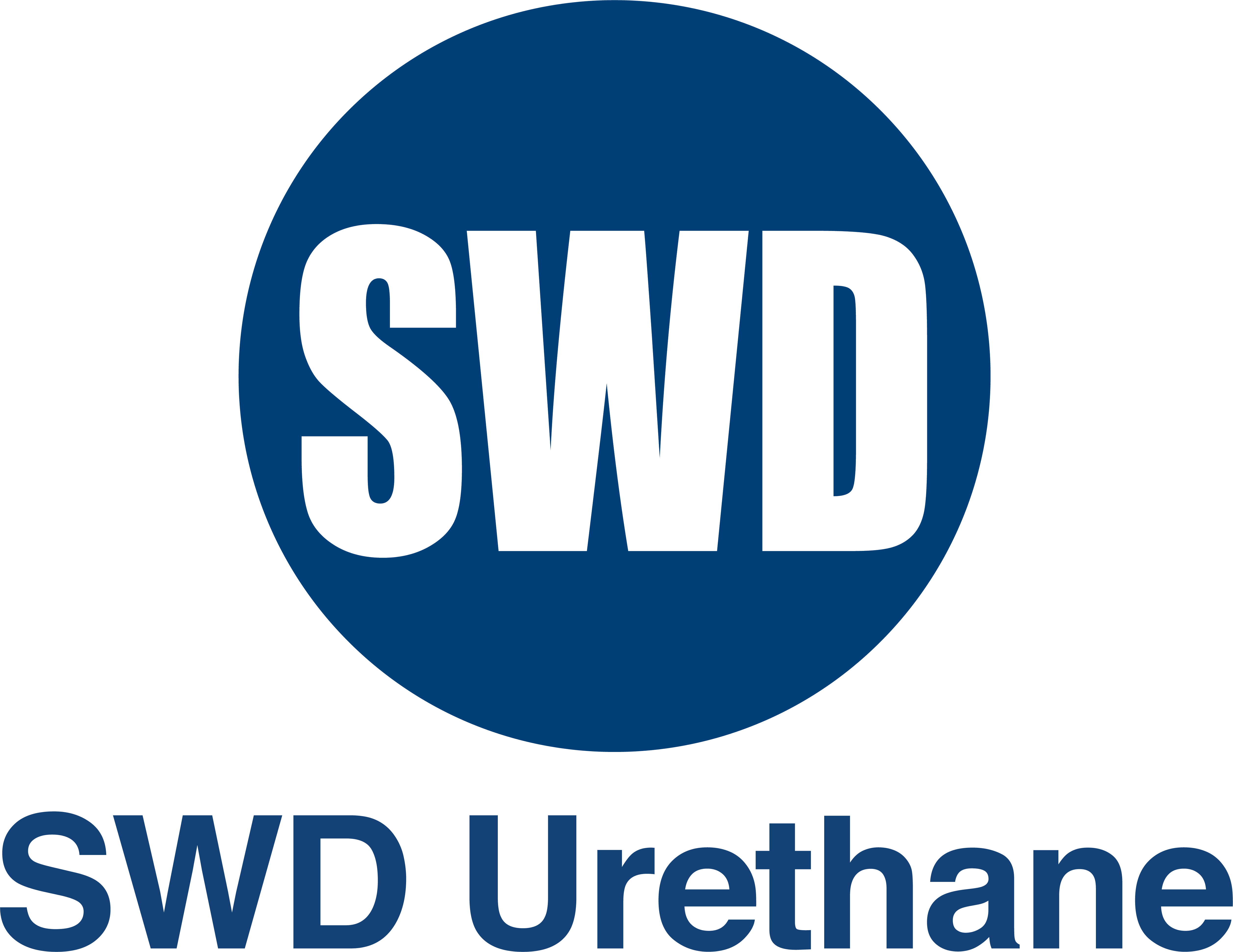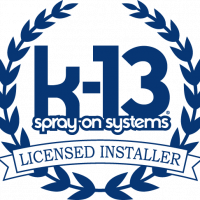What to DO if Your Attic Insulation Gets Wet
When it comes to maintaining your home, one area that often gets overlooked is the attic. However, it’s important to pay attention to your attic space, especially when it comes to insulation. Wet attic insulation can lead to various problems such as mold growth, reduced energy efficiency, and even structural damage. If you discover that your attic insulation has gotten wet, it’s essential to take immediate action. In this blog post, we will explore what you should do if your attic insulation gets wet.
1. Identify the Source of Moisture
The first step in addressing wet attic insulation is to determine the source of moisture. Common causes include roof leaks, condensation, plumbing issues, or even improper ventilation. Inspect your attic thoroughly and look for any visible signs of water damage such as stains or dripping water. If the water is coming from a roof leak, you may need to contact a professional roofer to fix the issue. Understanding the source of moisture will help prevent future problems and ensure the effectiveness of your repairs.
2. Remove Wet Insulation
Once you have identified the source of moisture, it’s crucial to remove the wet insulation to prevent further damage. Wet insulation loses its effectiveness and can become a breeding ground for mold and mildew. Use gloves, masks, and protective clothing when handling wet insulation to avoid any health risks. Carefully bag the wet insulation and dispose of it properly. If the water damage is extensive, it may be best to consult with a professional to ensure a thorough cleanup and removal.
3. Dry and Clean the Attic Space
After removing the wet insulation, it’s time to dry and clean the attic space. Begin by ventilating the area to allow fresh air circulation. Open windows, use fans, or consider using a dehumidifier to expedite the drying process. Pay special attention to areas that may be hard to reach, such as corners and eaves, as they tend to trap moisture. If you notice any mold growth during the cleanup process, it is essential to address it promptly. Mold can spread quickly and pose health risks, so consult a professional mold remediation company if necessary.
4. Repair and Address the Source of Moisture
Now that your attic space is clean and dry, it’s time to repair and address the source of moisture. If the moisture problem was caused by a leaky roof, it’s vital to fix it to avoid future water damage. Contact a professional roofer to assess and repair any roof issues. Additionally, check your attic’s ventilation system to ensure proper airflow. Poor ventilation can contribute to condensation and humidity buildup, leading to future problems. Address any ventilation issues by installing or repairing vents as needed.
5. Install New Insulation
Once the attic space is dry and the underlying moisture issue is resolved, it’s time to install new insulation. There are various insulation options available, including fiberglass batts, blown-in cellulose, or spray foam insulation. Consider consulting with a professional insulation contractor to determine the best type of insulation for your attic. They can ensure proper installation and help maximize your home’s energy efficiency.
6. Maintain Regular Inspections
Lastly, to prevent future problems with wet attic insulation, it’s crucial to maintain regular inspections. Make it a habit to check your attic regularly for signs of moisture, such as musty smells, water stains, or condensation. Regular inspections can help you catch potential issues early and address them before they escalate. Additionally, ensure proper attic ventilation and monitor your roof’s condition to prevent roof leaks.
Final Thoughts
Addressing wet attic insulation is essential for maintaining the integrity of your home and ensuring energy efficiency. If you discover wet insulation in your attic, follow the steps outlined above to identify and address the source of moisture, remove the wet insulation properly, dry and clean the area, repair any issues, and install new insulation. Remember to maintain regular inspections to prevent further water damage. By taking prompt action, you can protect your home and prolong the lifespan of your attic insulation.
Got questions about the condition of your home’s insulation? Let us help! Contact us today to learn more about what we can do for you!


